Image Quality
With Nikon failing to put the ‘S’ moniker on the 35mm f/1.4, it’s expected that the optical quality will not be up to their current high-end standards for their premium line of optics, and that is indeed the case. The 35mm f/1.4 strikes an interesting balance with regards to performance vs. price. The result is a lens that will be very compelling for some shooters, and one that will not make the cut for others.
Sharpness
The 35mm f/1.4 has what I would consider to be a ‘classic’ rendering with regards to image sharpness. Starting at f/1.4 and shooting at further distances, such as 6-8 feet to infinity, the lens produces images with moderate contrast and reasonable detail over most of the image frame. It doesn’t produce high levels of detail here, but certainly reasonable for the fast aperture. Detail fades a bit towards the edges. However, focus more closely, and image quality starts to degrade. In the mid-distance at f/1.4, the lens produces again good, but not great resolution over about 2/3 of the frame, with more severe falloff towards the edges. As a comparison, look at the shot below, taken with the 35mm f/1.4 at f/1.4 on the Nikon Z8, at a focus distance of around 1.5m.
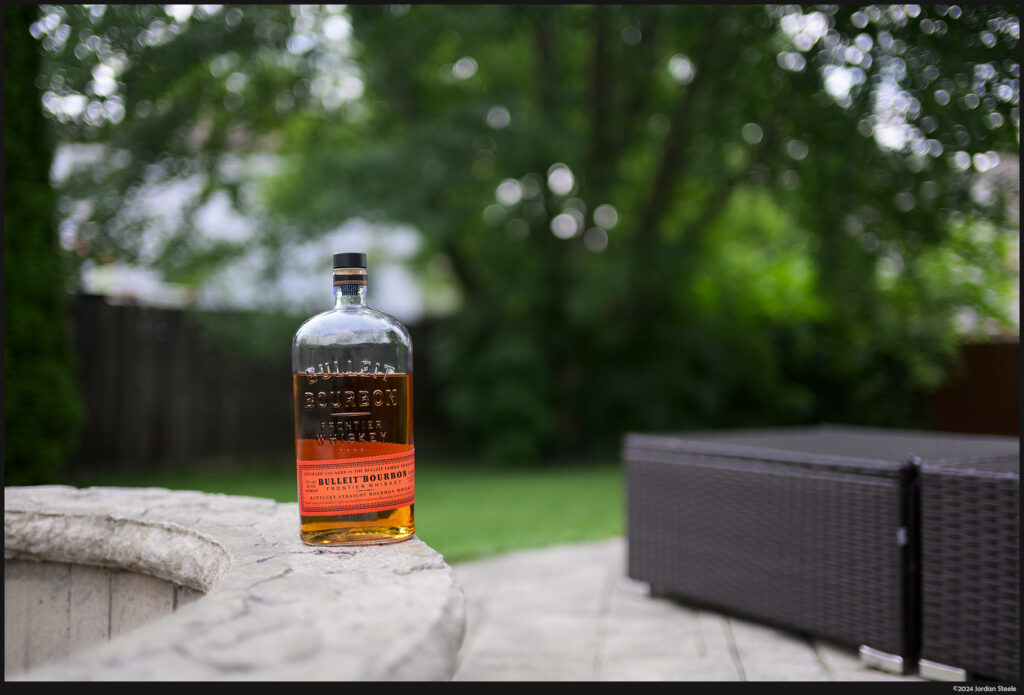
If you look closer at the focus point, you will see that while there is reasonable resolution here, it is notably softer than a more corrected lens such as the Sony 35mm f/1.4 GM, which I have adapted to the Z8 for purposes of this comparison. Click to view the 100% crops of the focus point below, with the Nikon Z 35mm f/1.4 on the right, and the Sony FE 35mm f/1.4 GM on the left, both at f/1.4:

Finally, focusing near the minimum focus distance (MFD) of 0.25m produces ok resolution in the very center of the frame that very rapidly falls off to complete mush outside of the center. The 100% crop below shows the focus point at f/1.4 with the area of focus placed near the lower right corner at minimum focus distance. As you can see, it is completely unusable off axis at this focus distance.

Stopping down to f/2 produces a small increase in resolution in all of the above scenarios, but with similar caveats based on image distance. At f/2 for most shooting situations, I find it produces extremely similar sharpness to Nikon’s own 40mm f/2 at similar apertures, with good, but not mind-blowing image quality at f/2. Very close-up image quality continues to struggle at this aperture.
Stopping down further increases contrast and sharpness, and by f/4 the lens is quite sharp even into the corners at most focus distances. The lone situation is very close to MFD, where the lens never really gets sharp, and takes until f/5.6 to become even passable near the edges.
Overall, the sharpness is representative of its price. It’s sharp enough to get the job done in most situations, but lacks the biting crispness of a modern high-end optic.
Color, Contrast and Chromatic Aberration
Likewise, the Nikkor Z 35mm f/1.4 shows a somewhat classic contrast response as well, with low to moderate contrast wide open, and with overall image contrast picking up at around f/2.8-f/4. Of course, postprocessing can increase contrast a bit if desired at wider apertures, but this will negate the slightly softer focus look that the lens can give wide open. Color is generally good, with no obvious color casts.

The lens shows good control of lateral chromatic aberrations, and as such you will basically not see any in real-world shooting. Longitudinal CA, however, is present, showing a purple-magenta fringe in the foreground and a strong green fringe in the background when shot at wide apertures. Stopping down improves this, but it doesn’t really fully go away until around f/5.6. There is also some purple fringing visible on high contrast edges. This is moderate in size and intensity, but it also doesn’t really ever go away.
Bokeh
A fast moderate wide-angle lens is often used for things like environmental portraiture, or allowing to isolate a subject while also maintaining some context of the world behind. Like a lot of things with the Nikon 35mm f/1.4, the bokeh is a mixed bag. When shooting closer up, or in situations where the background isn’t too busy, you can get relatively pleasing background blur, albeit with a bit of character, such as in the Rosemallow Blossom image above. However, at further distances, the flaws in the bokeh become very apparent. The lens shows prominent bright ring outlining on specular highlights, but only on one side of the blur disk. The bright side depends on position in frame, and is always the outer edge when compared to the center of the image frame. Some longitudinal chromatic aberration and purple fringing can also add to the nervousness, and the final result is a very busy out of focus background.

I will say that the rendering, while busy, can also be aesthetically pleasing if you like high-character bokeh. It can also be decidedly ugly in some circumstances as well, as you can see in a few of the other image samples on the next page. The bokeh tones down its roughness a little when stopping down, but never becomes fully smooth. When compared to something like the Nikon 40mm f/2, they are very similar in rendition when both are shot at f/2. In fact, aside from the field of view, both lenses at f/2 produce nearly identical imaging properties overall, with regards to bokeh, sharpness and contrast. When compared to a more well corrected optic like the Sony 35mm f/1.4 GM, you can see how the Nikon lens shows significantly busier and rougher bokeh. Below are 100% crops from each of those two lenses when looking at bokeh at f/1.4:

Distortion, Flare, and Vignetting
The Z 35mm f/1.4 has a built-in lens profile which cannot be disabled in camera, and even software like Lightroom will not allow you to disable the built-in lens profile for distortion and vignetting. This usually hints that there is some major correction going on behind the scenes, and after examining the RAW files in CaptureOne (which does allow disabling the profile), it is indeed apparent that natively the lens shows strong barrel distortion. See the shot below and drag the slider to see the uncorrected distortion, followed by correction with the built-in lens profile.
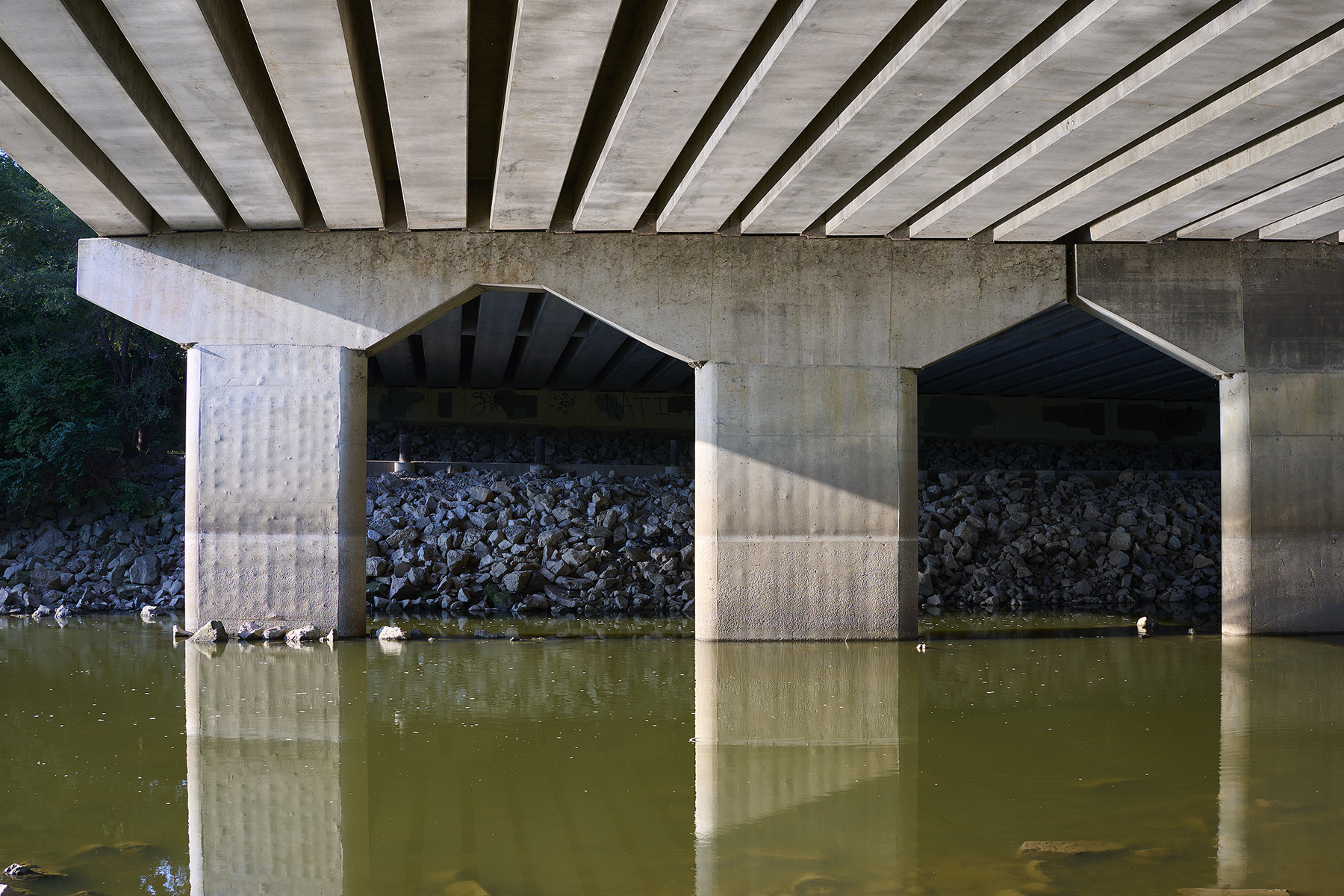
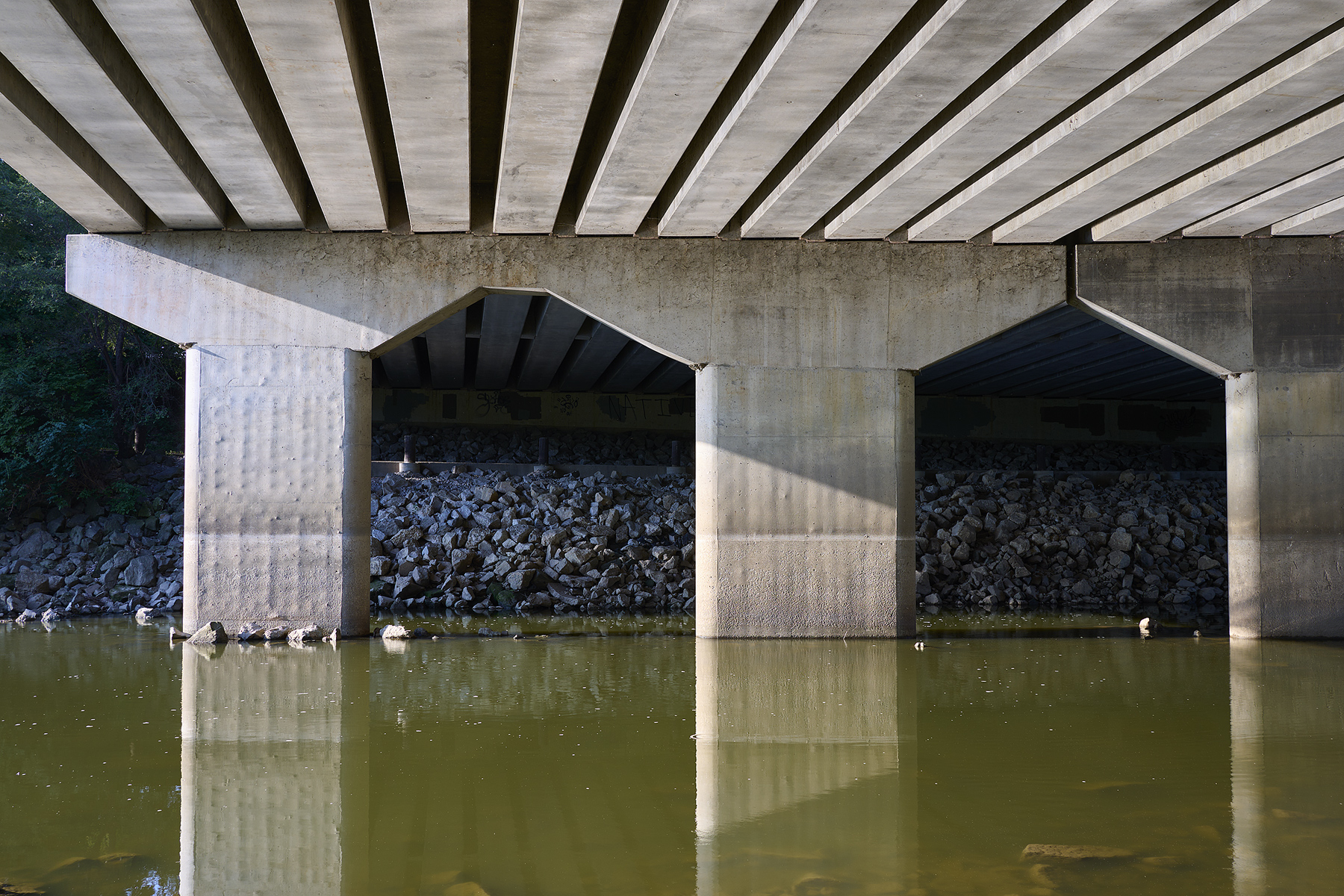
Vignetting, however, is actually fairly well controlled with the Z 35mm f/1.4, with only some moderate falloff at wide apertures that eases when stopped down.
Flare, on the other hand, is yet another of the mixed-bag situations, where how well it performs is entirely dependent on where the sun is positioned in the frame. In some situations, there is virtually no ghosting at all and only a minor reduction in contrast. Such a situation can be seen in the shot below:
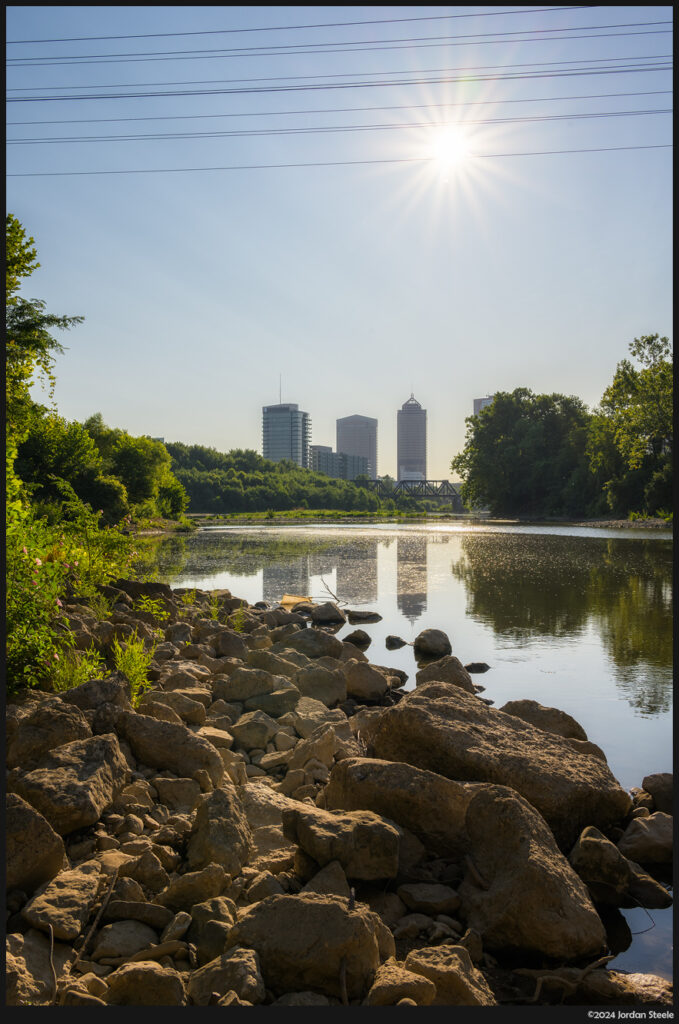
However, position the sun closer to the center of the image frame and you can get rather spectacular ghosting.and some loss of contrast. Just keep an eye on what’s going on in the viewfinder and you should be able to work around this issue in many instances.
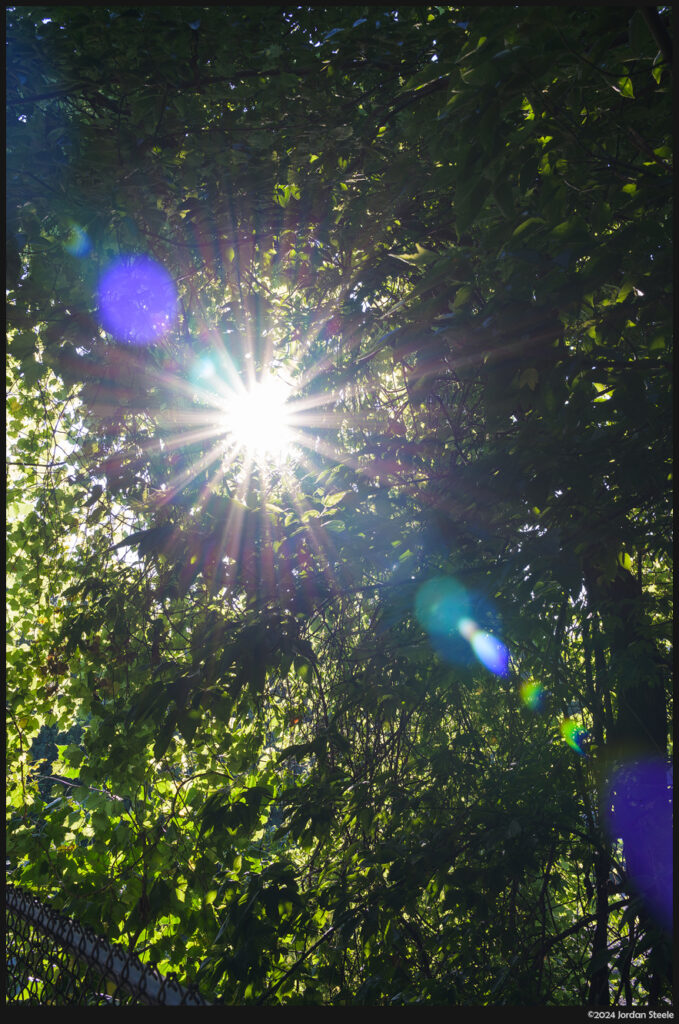
Overall, the 35mm f/1.4 shows an optical performance that is more or less in line with its price point. It’s got decent sharpness, but some softness wide open that is more reminiscent of older lenses. Bokeh is fairly rough, but has some character if you like the look, and there’s some chromatic aberration, distortion and flare. It’s not going to wow anyone with its optical capabilities, but it’s also not terrible either. Whether this appeals to you is going to be a very person decision.





Leave a Reply